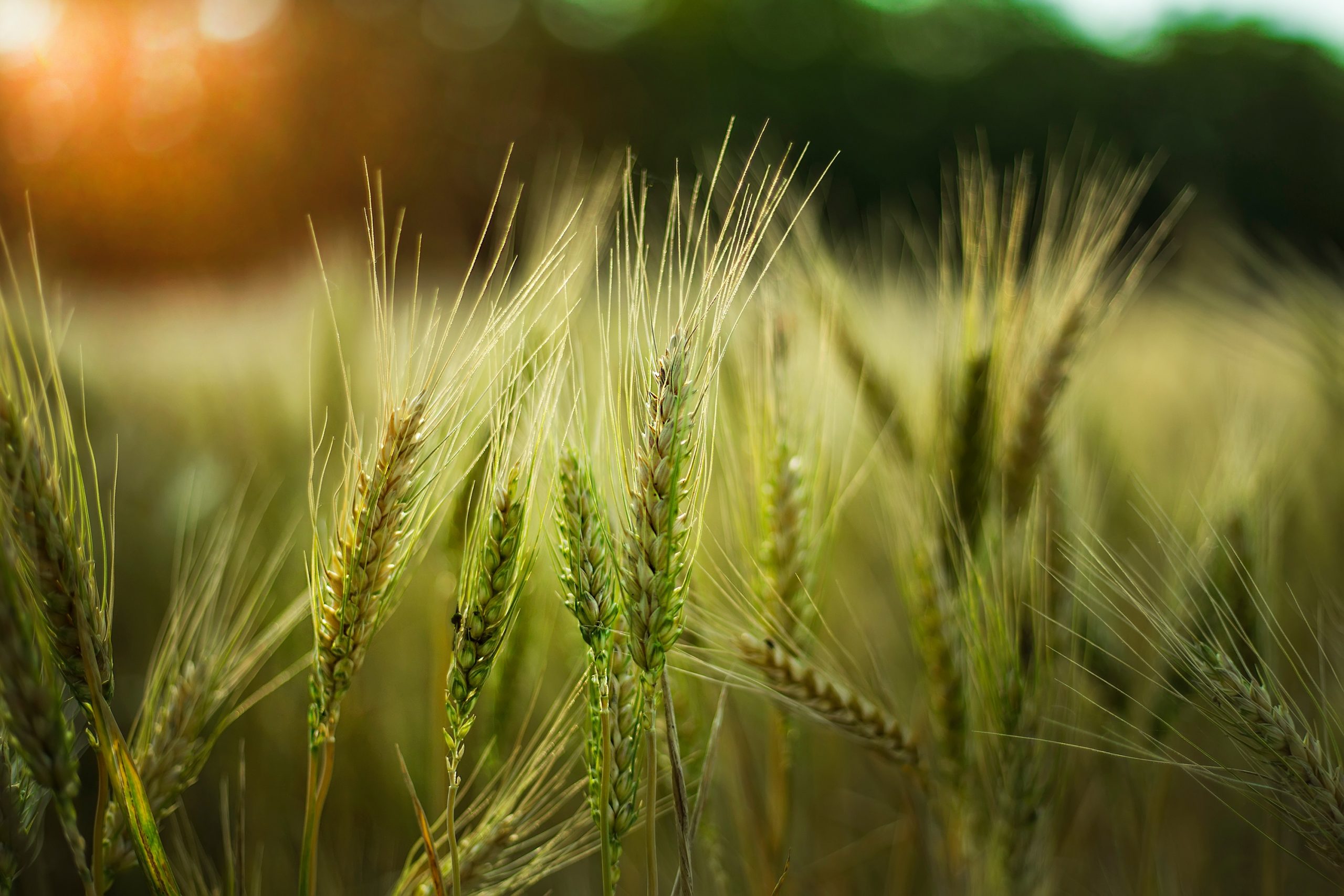News Highlights
India banned wheat export to control food price inflation and ensure food security.
Why did India ban wheat export?
- Global price hike:
- Global wheat prices have risen by more than 40% since the beginning of the year due to the Russian invasion on Ukraine
- Before the war, Ukraine and Russia accounted for a third of global wheat and barley export
- Heat Wave
- India records hottest March in 122 years in 2022
- Heatwave dents wheat yields in key growing regions
- Ground reports suggest wheat farmers harvesting 15-20% less grain compared to last year.
- Reduction in Government Procurement
- The Government procurement has fallen more than 50%
- Farmers selling their wheat to private traders instead of government due to wheat prices remaining much higher than the MSP (minimum support price)
- Rising India’s annual retail inflation
- Official data show annual consumer price inflation at a near eight-year high of 7.79% in April and retail food inflation at 8.38%.
Wheat production in India
- India was the world’s second largest producer of wheat with a share of around 14.14 per cent in global wheat production in 2020.
- Annually, the country produces 107.59 million tonnes of wheat, most of which is used for domestic consumption (98 million tonnes).
- The major wheat growing states are Punjab, Uttar Pradesh, Madhya Pradesh, Haryana, Bihar, Rajasthan and Gujarat.
- Top ten wheat producing countries in the world: China, India, Russia, USA, Canada, France, Ukraine, Pakistan, Germany, Australia.
How will be the Ban?
- Export of all wheat, including high-protein durum and normal soft bread varieties, have been moved from free to the prohibited category.
- India’s wheat exports hit an all-time-high of 7.22 million tonnes (mt) valued at $2.05 billion in the fiscal year ending March 31, 2022.
- Exceptions: Only two kinds of shipments will henceforth be allowed
- Exports to other nations depending on approval provided by the Centre to address their food security needs.
- Exports for which irrevocable letters of credit have previously been granted.
Current Status of wheat export of India
- India is the second largest producer of wheat with a share of around 13.53 per cent of world total production.
- India produces around 107.59 MT of wheat annually while a major chunk of it goes towards domestic consumption.
- As per USDA estimates, India is the world’s eighth largest wheat exporter and accounted for 4.1 per cent of total global wheat exports in 2020-21.
- Major Export Destinations
- India’s wheat exports are mainly to neighbouring countries with Bangladesh having the largest share of more than 54 per cent in both volume and value terms in 2020-21.
- In 2020-21, India entered new wheat markets such as Yemen, Afghanistan, Qatar and Indonesia.
- The top ten importing countries for Indian wheat in 2020-21 are Bangladesh, Nepal, United Arab Emirates, Sri Lanka, Yemen, Afghanistan, Qatar, Indonesia, Oman and Malaysia
What are the expected benefits from this export ban?
- It is a calculated measure to keep domestic prices in check.
- Will help in controlling rising domestic prices and meeting the food requirement of India’s neighbours and vulnerable countries
- It will put a “check on inflation in India”
- Ensuring adequate food stock availability within the country
- Ban on wheat exports will help in crushing “attempts by certain foreign players to hoard Indian wheat for price manipulation in global markets
Negative Impacts of India Banned Wheat Export ?
- The ban on exports will likely hurt farmers and traders who have stockpiled the grain in anticipation of higher prices.
- If India’s wheat ban raises the price of substitutes like rice then the other food prices may also rise
- It also sought to deflect potential criticism over the policy shift from claiming to be able to “feed the world” in the aftermath of the Russia-Ukraine war to suspending all shipments overnight by reiterating the government’s commitment.
- If the heat wave continues to limit wheat production, the export ban will be ineffective in lowering local prices.
Negative Impacts of export ban Globally
- The export ban should exert upward pressure on global wheat prices, which were already rising for other reasons
- Risk to food Security: Ban will hit the poor consumers in Africa and Asia.
Criticism of Wheat Ban
- “We call on India to assume its responsibility as a G20 member” German agriculture minister said
- The agriculture ministers would also “recommend” the topic be addressed at the G7 summit in Germany in June which PM has been invited to attend
Way Forward
An approach with measures such as a minimum export price and quantitative restrictions would have been better as a sudden ban throws challenges to trade, affects Indian exporters’ reliability and hits the earning potential of farmers
Pic Courtesy: freepik
Content Source: New Indian Express



